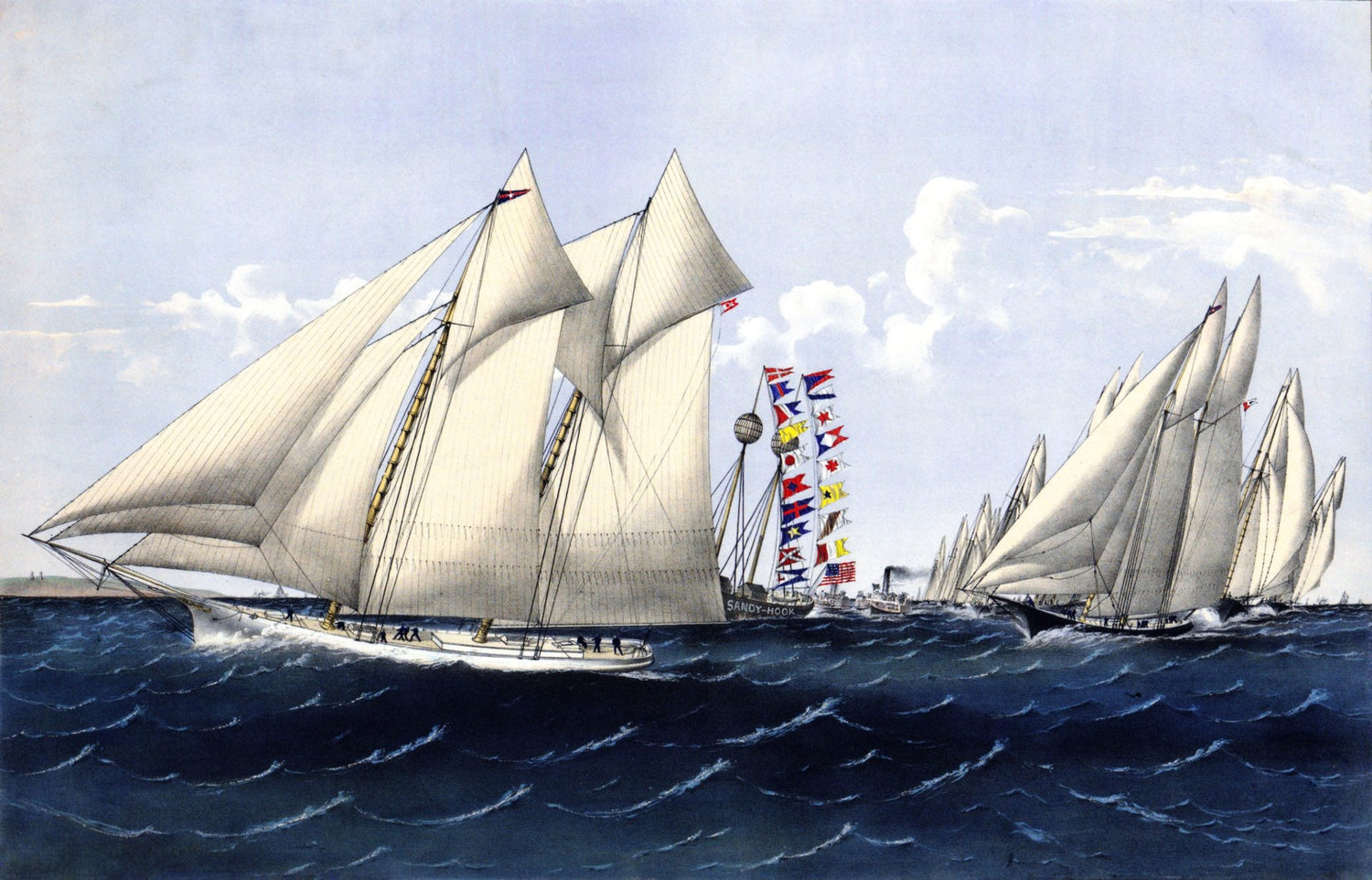
1870
The article delves into the origins of the America's Cup, the world's oldest international sporting trophy. It describes the early history, including the 1851 victory by the yacht "America," the subsequent transfer of the Cup to the New York Yacht Club in 1857, and the first official challenge in 1870. This challenge, led by Englishman James Ashbury, marked the beginning of the competitive rivalry between the U.S. and the U.K., shaping the prestigious regatta we know today.
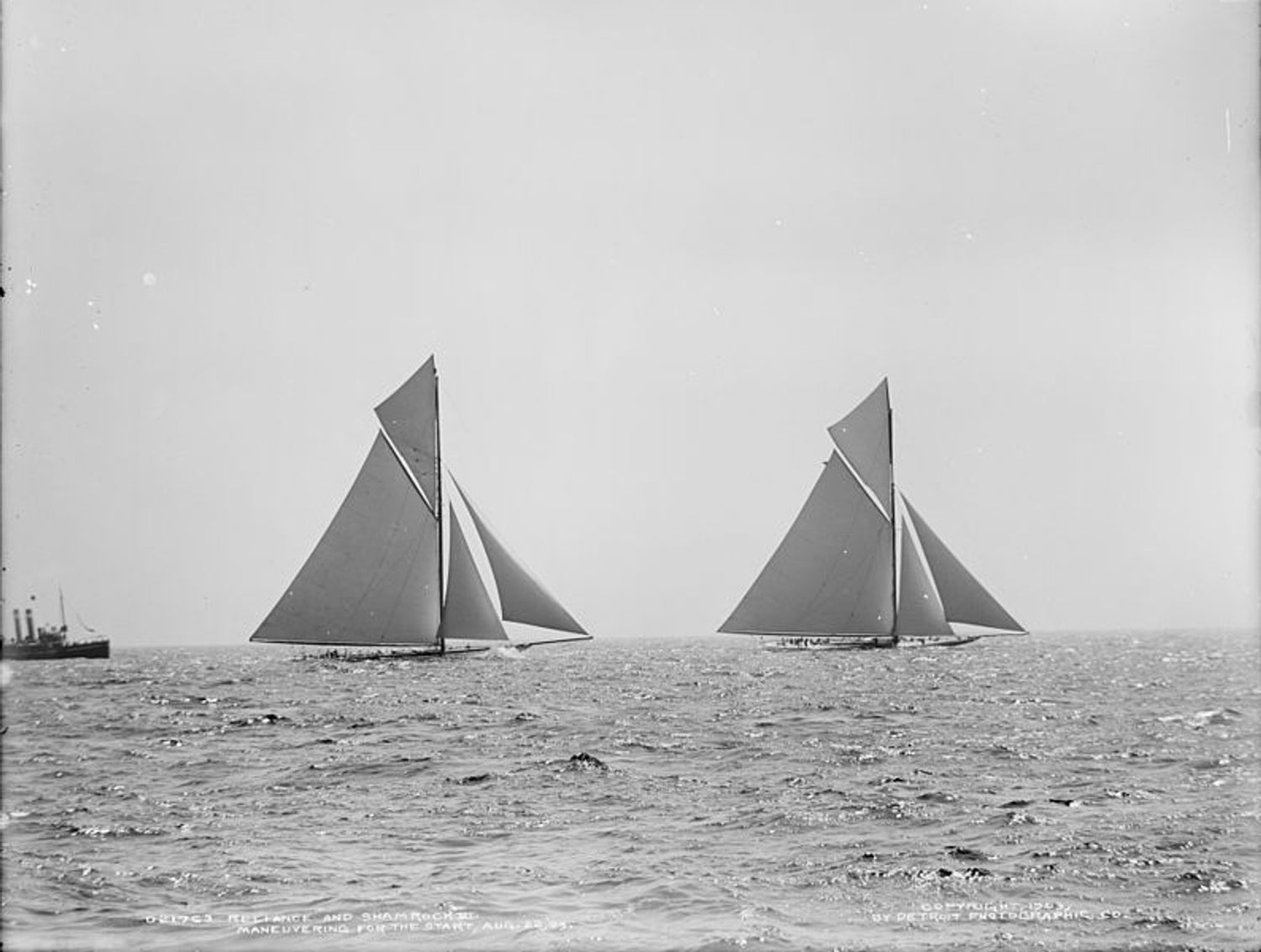
1903
The article explores Sir Thomas Lipton's third challenge for the America's Cup in 1903. Despite his continued efforts and innovations, Lipton's yacht *Shamrock III* faced a strong defense from the New York Yacht Club's *Reliance*. The competition highlighted Lipton's perseverance, though he was ultimately unsuccessful. His efforts and sportsmanship made him a beloved figure in the history of the America's Cup, despite never winning the trophy.
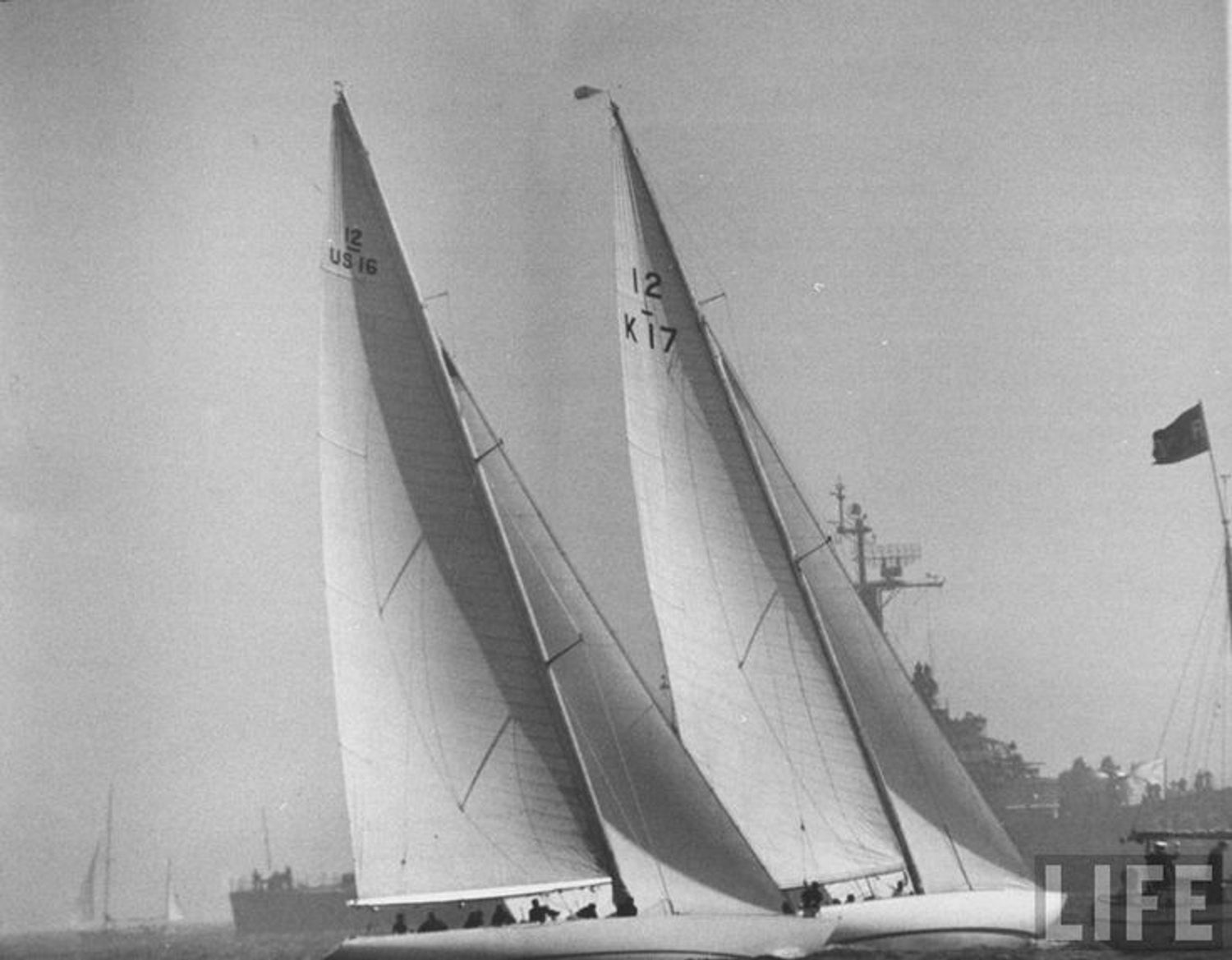
1958
The article covers the resumption of America's Cup racing after World War II, focusing on the 1958 competition. The race introduced the 12-meter class, replacing the larger J-class yachts. The New York Yacht Club's *Columbia* faced off against the British challenger *Sceptre*, securing a decisive victory. This event marked the beginning of a new era for the America's Cup, reviving interest in the competition and establishing a post-war legacy for the prestigious regatta.
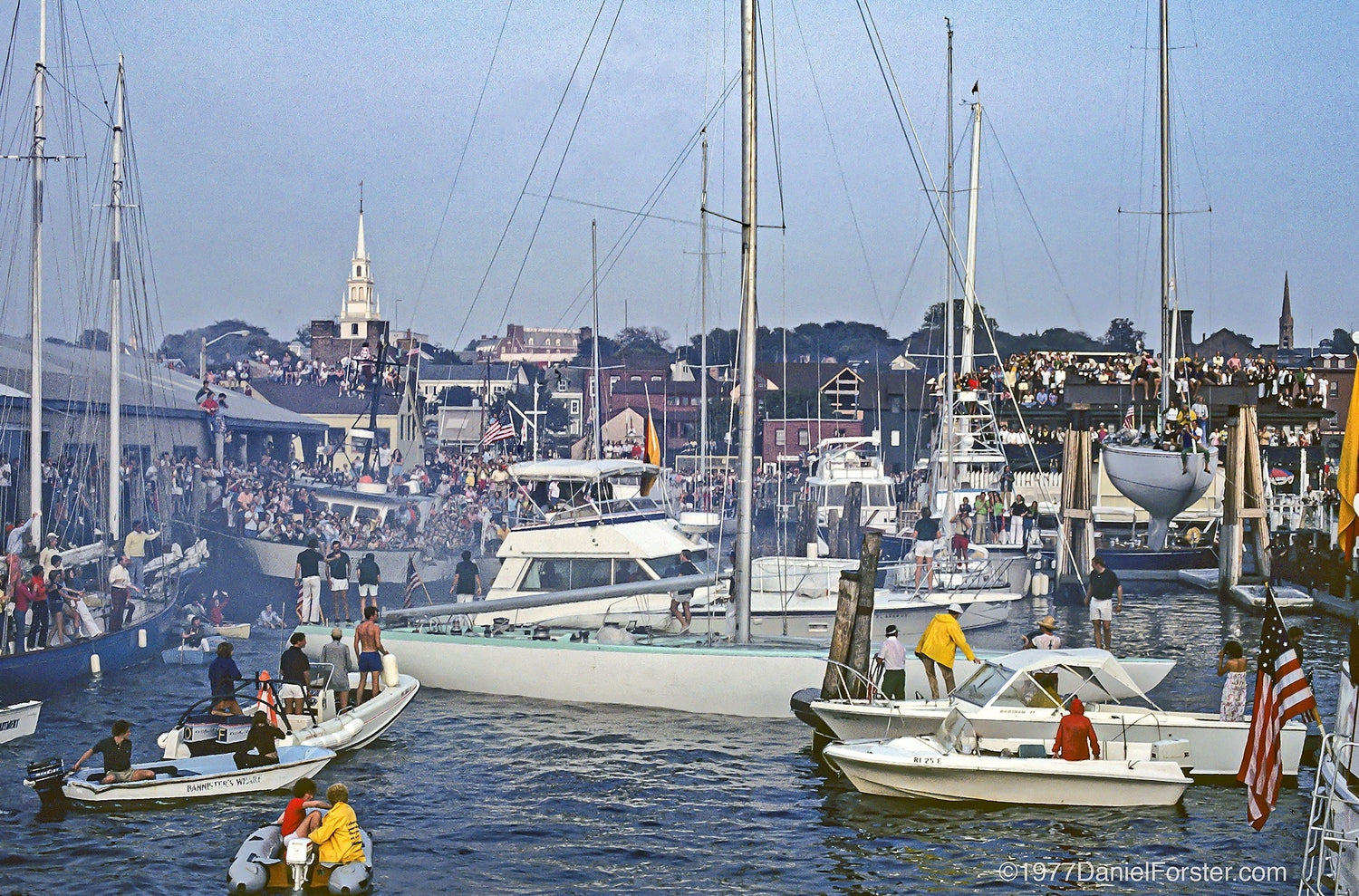
1977
The article details Ted Turner's triumph in the 1977 America's Cup. Turner, known for his bold personality, skippered the yacht *Courageous* to victory against the Australian challenger *Australia* in a 4-0 sweep. His victory solidified his reputation in sailing and brought renewed attention to the America's Cup, blending sportsmanship with a touch of showmanship.
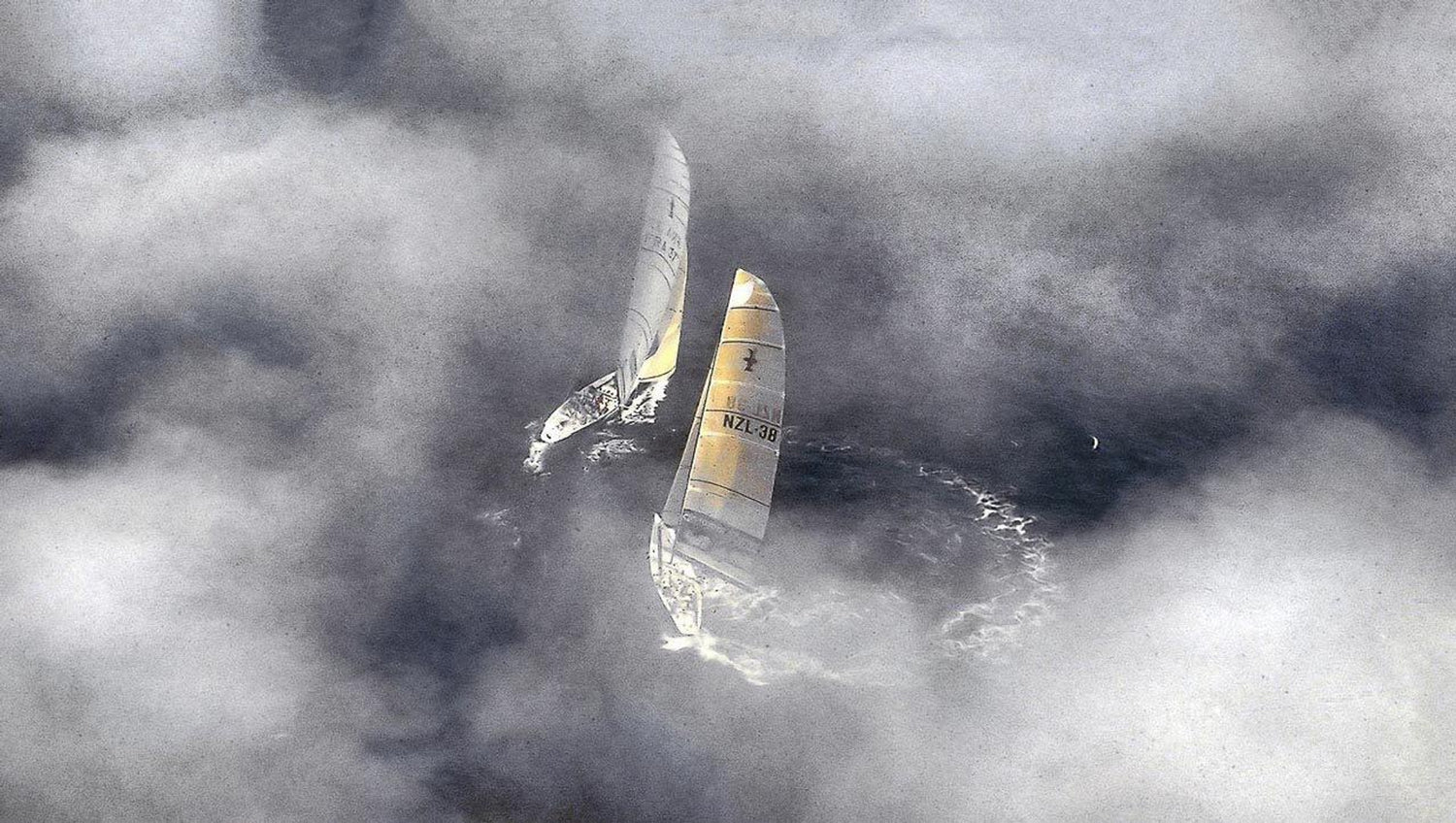
1992
The article highlights the resurgence of the America's Cup in 1983 when the Australian team, led by John Bertrand, won with *Australia II*, ending the New York Yacht Club's 132-year winning streak. This victory marked a pivotal moment in sailing history, bringing global attention to the competition and igniting new interest in the sport. The innovative winged keel design played a crucial role in this triumph.
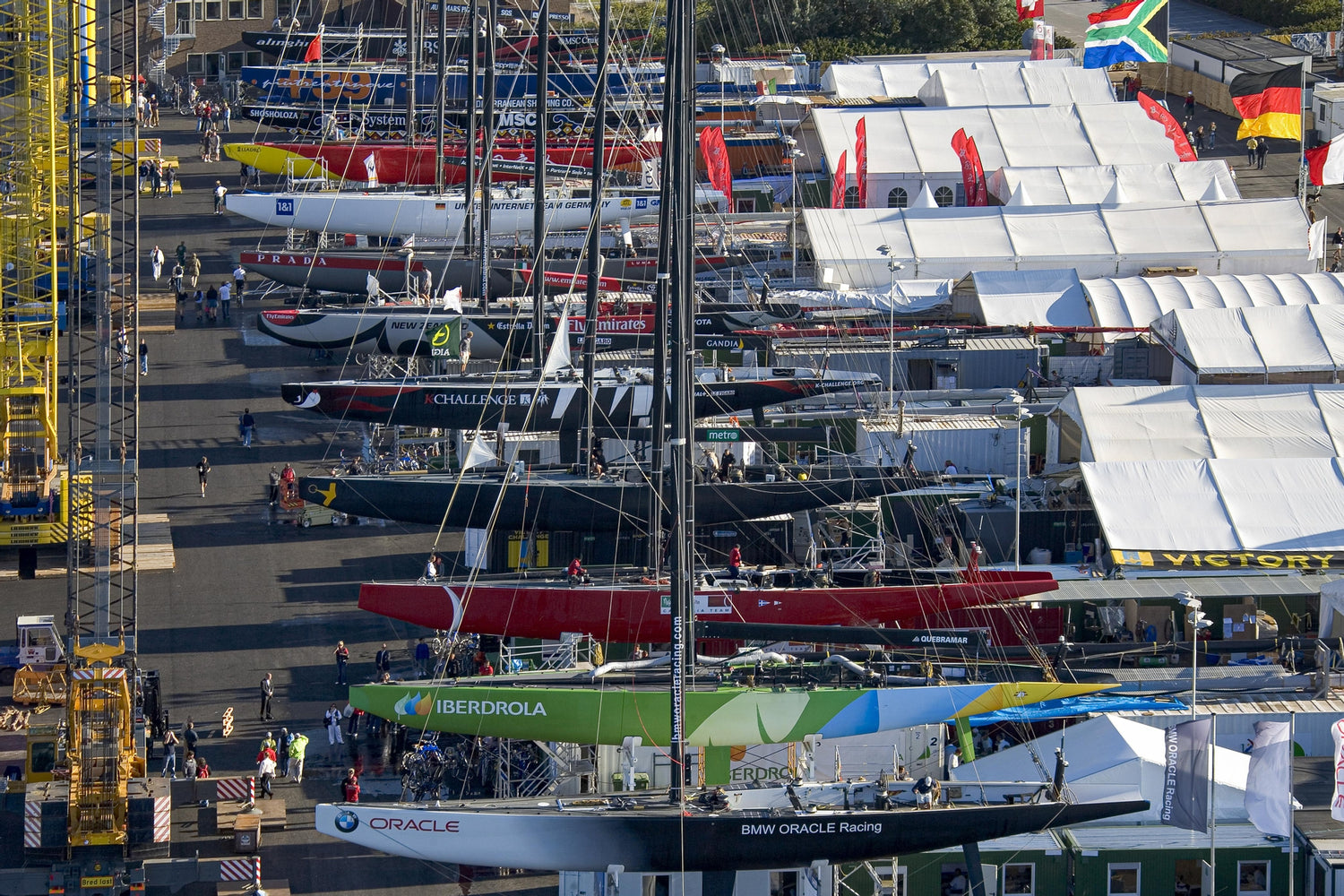
2007
The article discusses the 2007 America's Cup when the competition returned to Europe after 150 years. Alinghi, the Swiss team, successfully defended their title in Valencia, Spain, against Emirates Team New Zealand. This event marked a significant moment in the history of the Cup, showcasing the evolving international nature of the competition and Europe's growing influence in the sport.
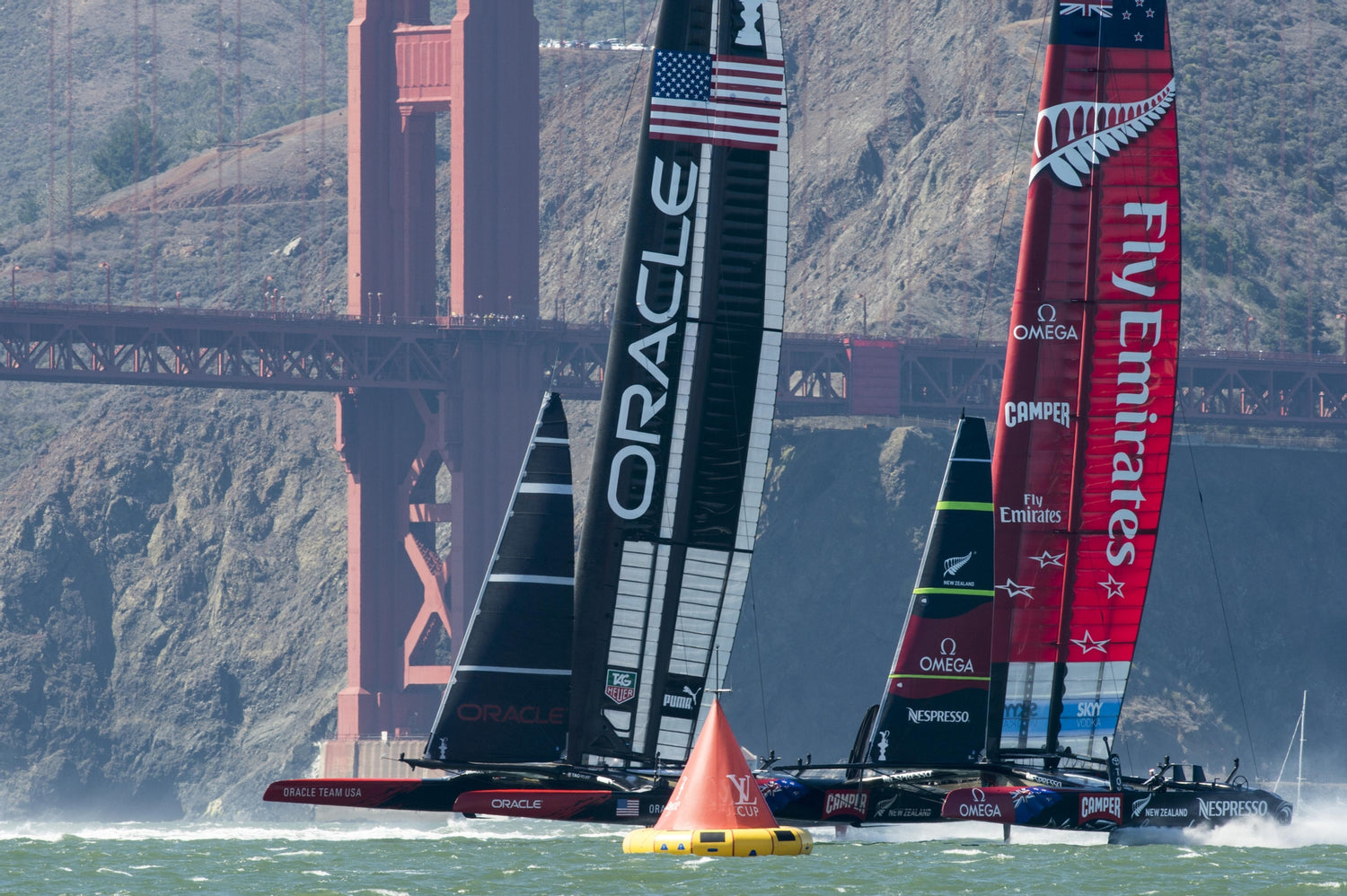
2013
The article explores the introduction of foiling technology to the America's Cup in 2013, a groundbreaking innovation that allowed yachts to lift out of the water and reach unprecedented speeds. This development revolutionized the competition, making the races faster and more thrilling. The shift to foiling yachts has since become a defining feature of modern America's Cup events, pushing the boundaries of sailing technology and strategy.

2021
The article looks ahead to the future of foiling in the America's Cup, focusing on how this technology will continue to evolve and shape the competition. It highlights the ongoing innovations and the potential for even greater speeds and more thrilling races as teams push the limits of yacht design. Foiling remains central to the cutting-edge nature of the Cup, promising to keep the event at the forefront of sailing technology.

